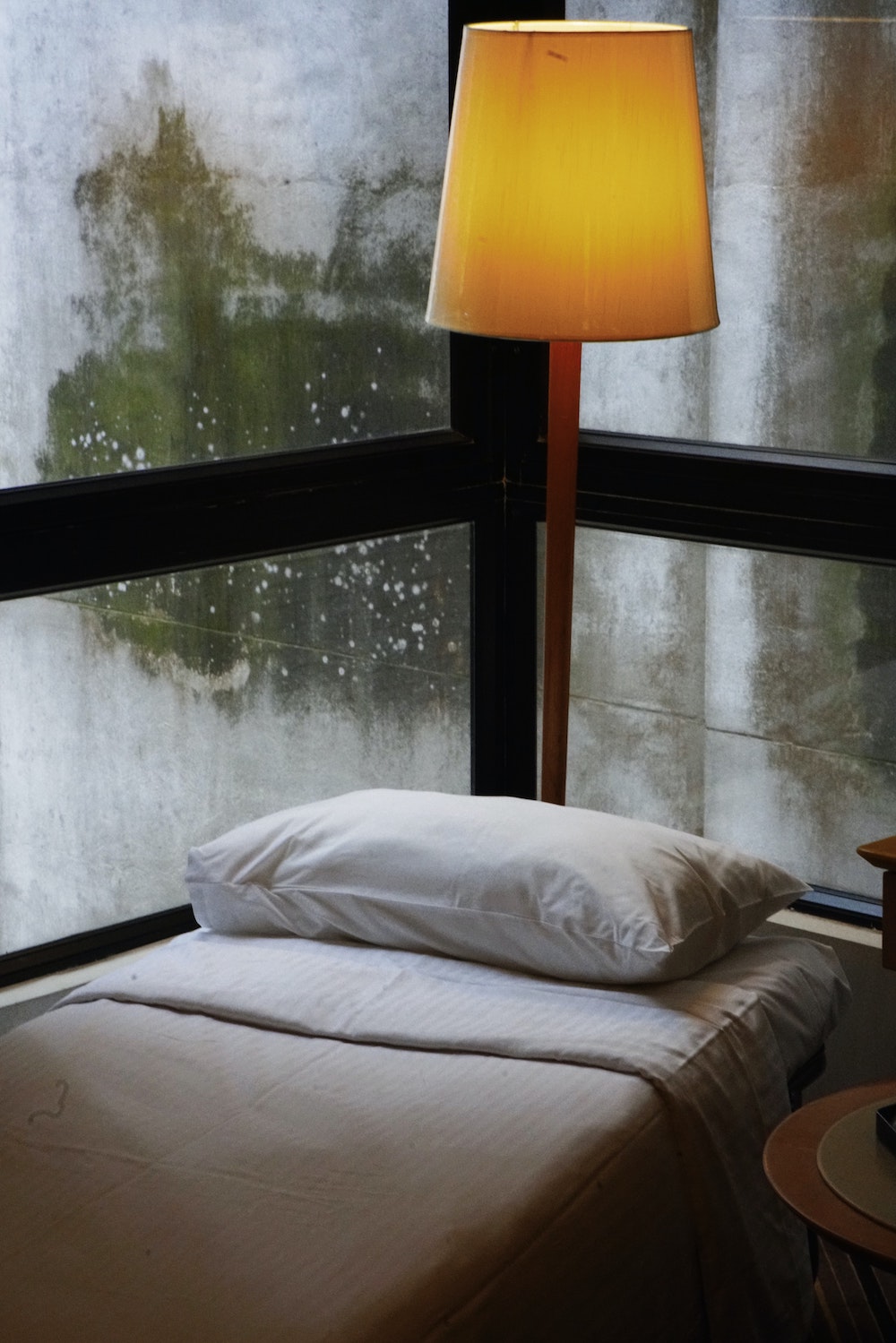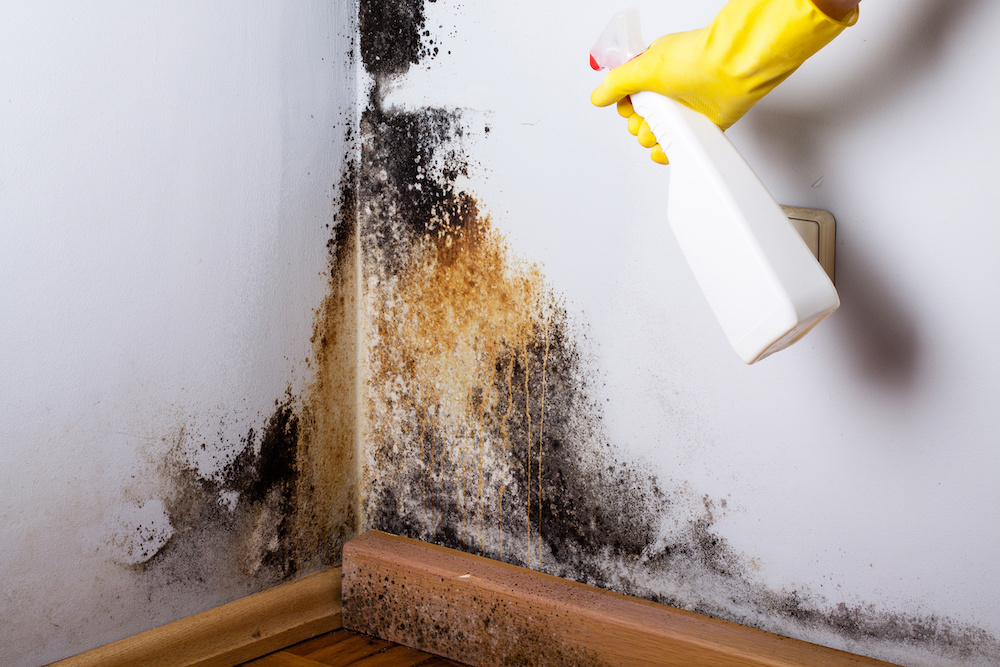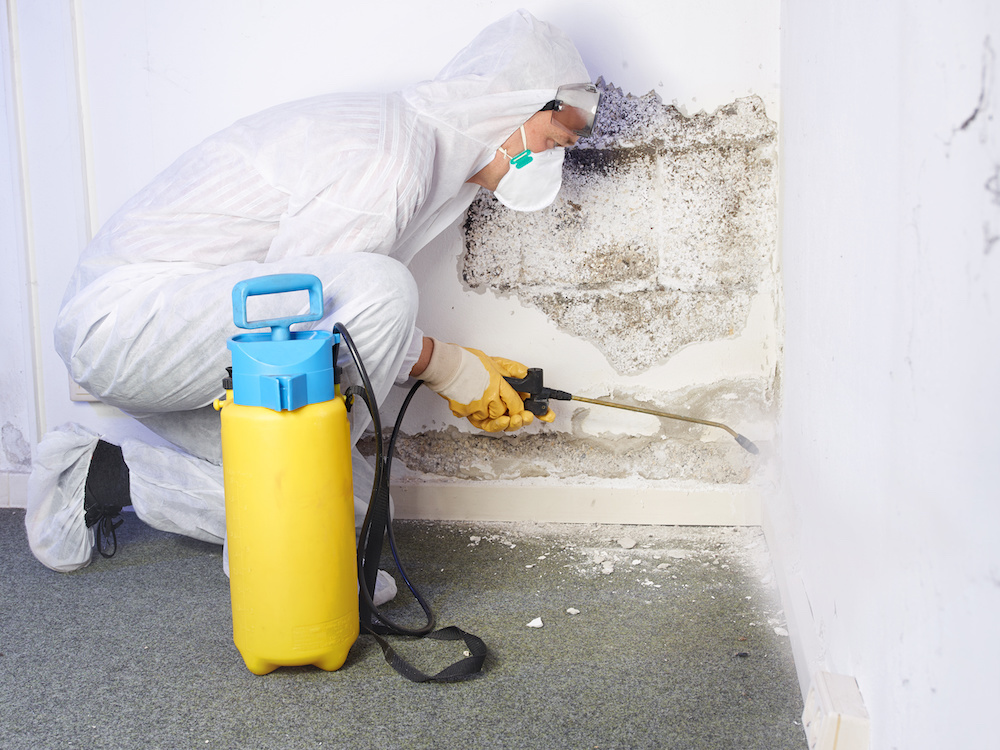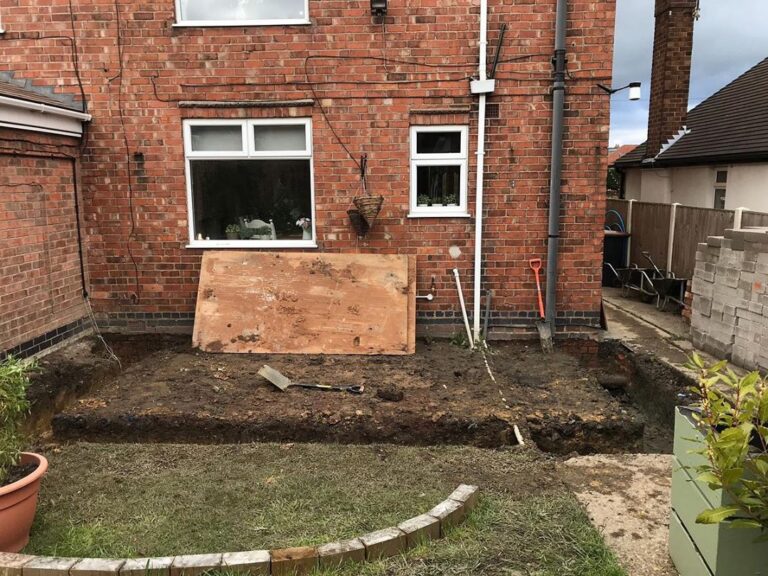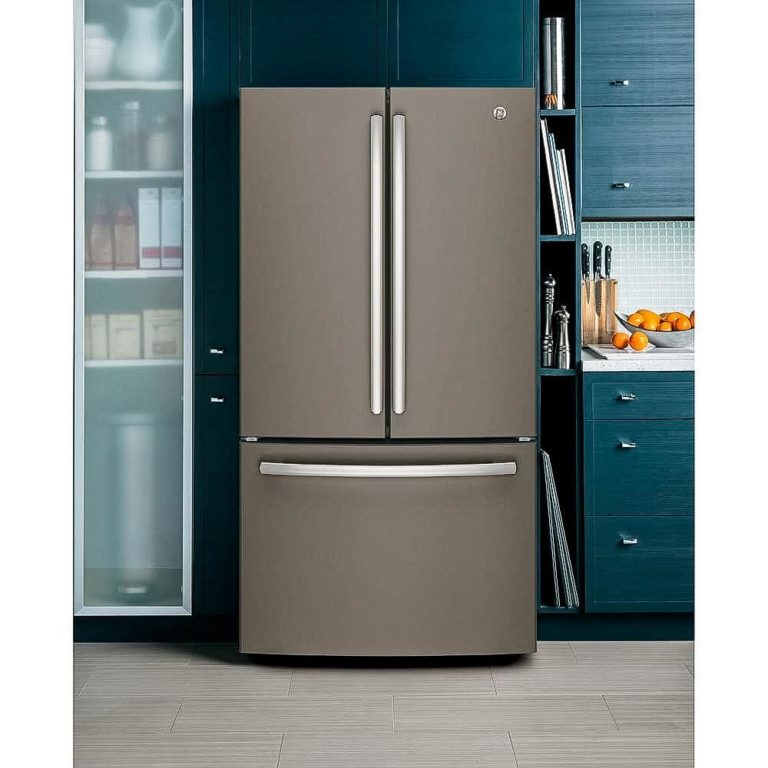Mold Infestation After A Storm? Follow These 6 Steps
Storms aren’t good news for any homeowner. They could destroy your home in a flash or bring on issues that could compromise your family’s health and safety. One problem that could also arise after a storm is mold infestation. Oftentimes, this problem is neglected by some homeowners. Sadly, mold growth wouldn’t take care of itself even when the sun starts to brighten up the day.
Mold infestation could turn into big trouble if left unchecked. There are cases where homes have become uninhabitable due to mold and mildew. Consulting professionals like Moisture Master Pros LLC and its contemporaries could help mitigate the problem. However, this doesn’t mean you couldn’t be proactive in dealing with mold infestation in your home after a storm. Here are some tips on what you can do:
Develop A List Of Damaged Areas And Items
After the storm, it’s important to know where your home stands. Taking an inventory of all the damaged areas and items would help you determine where to focus your clean-up efforts. You could choose to snap photos of damaged parts of the house, which you could send to a remediation specialist should you decide to hire one. This way, they could give you a more accurate quote and be better prepared with the equipment and materials to bring on their servicing day.
Pinpoint Mold Source Locations
Molds thrive in humid areas. Even your daily routines could contribute to mold growth, which could cause allergies and other health problems. It’s the reason you must always reduce humidity levels in your home.
Storms could make it all worse when it comes to humidity levels. Depending on their strength, storms could potentially rip off your roof and even submerge most of your house in water, creating the perfect environment where molds could spread rapidly. Thus, after you’ve taken an inventory of the damages after a storm, you have to find the source areas of the mold growth.
Your usual suspects include drywall interiors, the basement, ceilings, and any space that has been submerged in water. Aside from your eyes, your nose is one of the best tools to help you find mold colonies as molds typically have a strong, musty smell.
Dry All Wet Areas And Home Items
Before the professional mold remediation service arrives, you could start the fight against molds. Always remember that these growths love moist and humid areas. So drying up all the surfaces and fixtures that you could easily access would go a long way in controlling the spread of molds.
Wiping areas with dry rags may not be enough. Remember, water may have already seeped deeper into the walls and other surfaces. Make sure to open the windows to enhance air circulation inside your home. If electricity has been restored after the storm, you could turn your air conditioning on to help dehumidify your rooms. Using electric fans and dehumidifiers would also help do the job.
Discard All Irreparable Items
Not all home items could be repaired after a storm. Some objects would need to be discarded or removed right away to prevent molds from developing. Here are some examples of items you could discard if affected:
- Soaked carpets
- Submerged floor padding
- Wet wallboards
- Damp insulation materials
- Any soaked item made from porous materials
A good rule to follow is to take out anything that has been submerged in water during the storm. Even if you think you could repair some of the items, the costs and efforts involved may offset the benefits. You’d perhaps be better off buying new items to replace the damaged ones.
Prevent Cross-Infection
Homeowners who choose the do-it-yourself (DIY) approach to deal with mold infestation after a storm might forget that spores could easily travel to other spaces to build new mold colonies. Thus, it’s crucial to contain the affected areas to avoid cross-contamination. One way to do this is by putting up plastic barriers to isolate mold-infested rooms effectively.
Call In A Professional Mold Remediator
Indeed, any homeowner could deal with the average mold growth in their property. But an infestation after a storm is a different story entirely. There’s a risk of mold growth even if you’re able to dry out all the visible surfaces in your home, more so in areas submerged during the storm. By working with professional technicians, you’d have the peace of mind that mold infestation wouldn’t worsen.
Deciding when to call a professional is straightforward. As a rule of thumb, it’d be best to call in a mold remediator if the area affected by mold is around 1 square meter or 10 square feet. With this degree of infestation, going the DIY way may not be an option as it would require industrial-strength chemicals. Furthermore, the disposal of materials may need to comply with local laws.
Final Thoughts
After the storm, tattered roofs and broken windows aren’t the only things you need to worry about. There’s also mold infestation. When things get submerged in water and there’s a high humidity level in the air, molds could develop. Nobody wants to live in a mold-infested space. You could deal with the problem yourself, but mold colonies following a storm could be a huge problem. Calling in the experts would be your best move.

